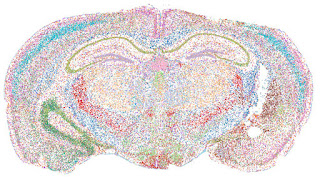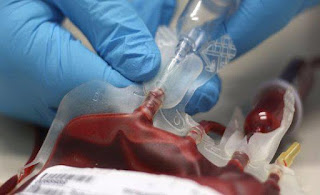Spatial Omics: Illuminating the Hidden World of Cellular Interactions
In the intricate universe of biology, understanding how cells communicate and interact is crucial for unraveling the mysteries of life. Traditional omics technologies, such as genomics and proteomics, have provided valuable insights into the molecular composition of cells. However, they often overlook a critical aspect of cellular behavior: the spatial organization. Enter Spatial Omics, a cutting-edge field that sheds light on the hidden world of cellular interactions.
At the heart of Spatial Omics lies the exploration of the spatial distribution of biomolecules within cells and tissues. It delves into the precise locations of genes, proteins, and other molecular components, revealing how these entities orchestrate complex biological processes. By doing so, Spatial Omics offers a deeper understanding of cellular function, differentiation, and disease pathogenesis.
So, how does Spatial Omics work? Advanced imaging technologies and computational tools are the key players in this realm. Techniques like fluorescence in situ hybridization (FISH), spatial transcriptomics, and imaging mass cytometry enable researchers to visualize and map biomolecules at unprecedented resolutions. These intricate maps create a dynamic atlas of cellular activity, providing invaluable insights into cellular communication and signaling pathways.
Spatial Omics is particularly transformative in fields like cancer research, immunology, and neuroscience. In cancer, it offers a comprehensive view of tumor microenvironments, guiding precision medicine approaches and the development of targeted therapies. In immunology, it unveils the complexities of immune cell interactions within tissues, deepening our comprehension of immune responses. In neuroscience, it unravels the intricate wiring of the brain, aiding in the understanding of neurological disorders.
By illuminating the hidden world of cellular interactions, Spatial Omics holds the potential to revolutionize personalized medicine. As researchers continue to refine and expand this exciting field, we can anticipate groundbreaking discoveries and innovative approaches to diagnosing and treating diseases.
However, challenges still lie ahead. Spatial Omics generates vast amounts of complex data, demanding sophisticated computational methods for analysis and interpretation. Collaboration between experts in biology, imaging, and data science is vital to harness the full potential of this burgeoning field.
In conclusion, Spatial Omics represents a paradigm shift in the study of cellular behavior. By capturing the spatial intricacies of biomolecular interactions, it opens up new vistas in biomedical research, providing a clearer picture of the inner workings of life. As technology and knowledge progress hand in hand, Spatial Omics promises to unlock the mysteries of cellular interactions, ushering in a new era of precision medicine and transformative scientific discoveries.




Comments
Post a Comment